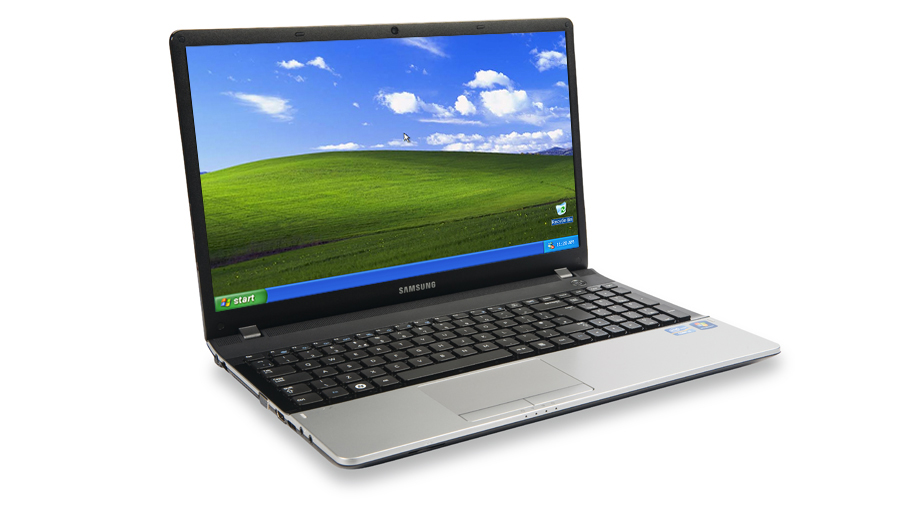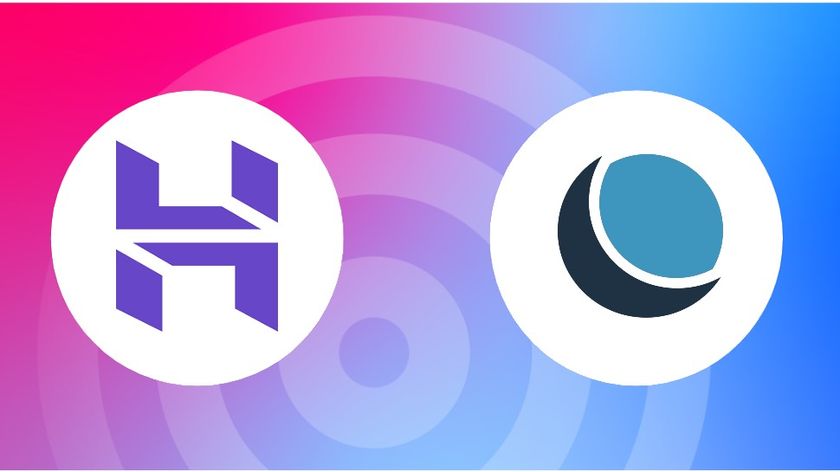
Microsoft has finally given Windows XP the chop with support for the 12-year-old operating system ceasing on 8 April 2014.
It speaks volumes that many commentators felt the 10 per cent market share Windows XP lost in 2013 is the best Christmas present Microsoft could have hoped for.
The drop still leaves Windows XP with 28.98 per cent of the desktop OS market share and the outdated system is the second most popular OS behind Windows 7 [47.52 per cent market share]. It shows that even though XP is at the end of its life-span it remains likely that many desktop and laptop will continue to use it, something that could have wide-ranging consequences for both businesses and consumers that are outlined below.
Cyber attacks
Whether it be zero-day attacks or a Trojan horse, Windows XP remains one of the most vulnerable operating systems out there when it comes to cyber attacks and it will only get worse once Microsoft removes support for it in April. The problem with this is that if anything emerges that threatens the integrity of the system then Microsoft won't be releasing a security update that will stop the threat. Knowing this, attackers are far more likely to target companies running on Windows XP than there are those that are using a newer and update version of Windows 7 or 8.
Businesses reluctant to move over to Windows XP due to worries over the migration time are reminded that those using Dell equipment can use the Windows Migration Fast Forward Service that is there to help at every step of the way.
Finding Compatible Software
Most new desktops and laptops will be running either Windows 7 or 8 and in turn those developing software or applications will, from now on, be increasingly unlikely to provide any support for an OS that is vulnerable. As Microsoft will have switched off support for the OS there will be little hunger among developers to continue working with a system that is fast becoming completely obsolete.
As well as the developer reluctance to update or bring new apps to the OS, the most recent releases aren't aesthetically pleasing on an OS that was originally designed to work on a screen that is just 640 pixels wide. It's when you compare this to the current crop of desktops and laptops running on Windows 7 and 8 with support for rich HD displays that consumers notice the further benefits of upgrading.
Are you a pro? Subscribe to our newsletter
Sign up to the TechRadar Pro newsletter to get all the top news, opinion, features and guidance your business needs to succeed!
The End of Life [EOL] for Windows XP shouldn't be seen as a threat by consumers or businesses and should simply be a chance to upgrade to a newer and more advanced system to take the company into the future without worrying about the past coming back to haunt.
The TechRadar hive mind. The Megazord. The Voltron. When our powers combine, we become 'TECHRADAR STAFF'. You'll usually see this author name when the entire team has collaborated on a project or an article, whether that's a run-down ranking of our favorite Marvel films, or a round-up of all the coolest things we've collectively seen at annual tech shows like CES and MWC. We are one.












